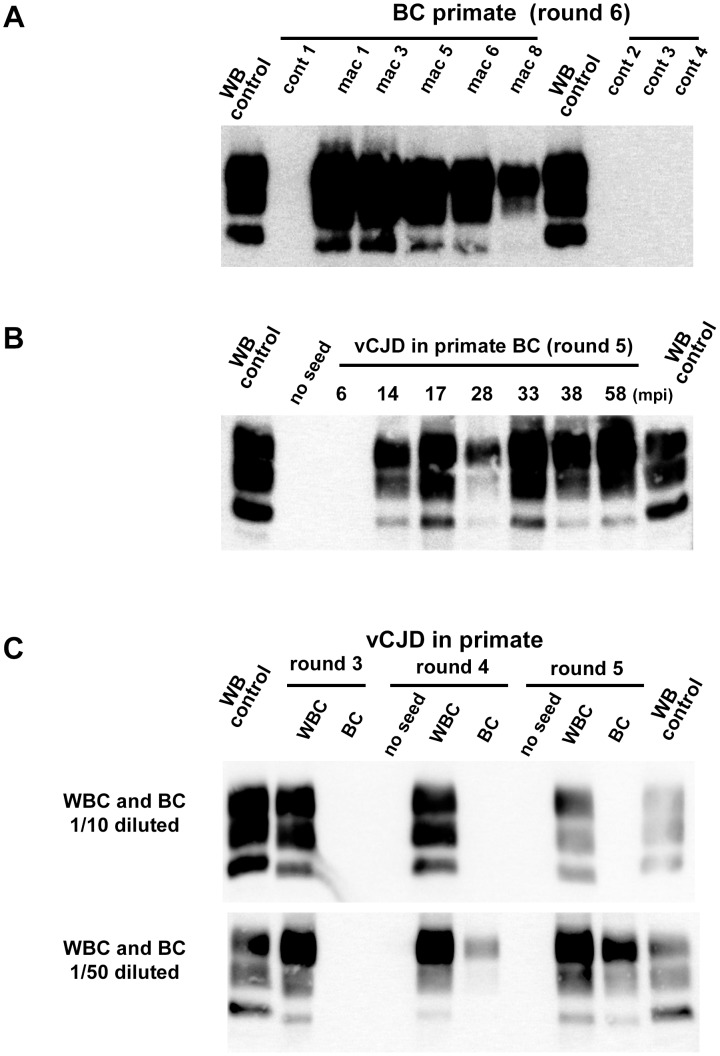Figure 6. PrPres in PMCA reactions seeded with blood samples from vCJD infected and healthy primates.
Buffy coat samples (BC) or white blood cells samples (WBC) were prepared using blood volume collected from vCJD infected primates. Homogenized BC and WBC were used to seed PMCA reactions. In all PMCA brain homogenate from ovine PrP transgenic mouse (ARQ variant) was used as substrate. Each sample was submitted to 6 rounds of amplification each comprising 96 cycles (30 s sonication-30 minutes incubation at 39.5°C) in a Misonix 4000 sonicator. The resulting PMCA products were analyzed by Western blot (WB) for the presence of abnormal PK resistant PrP (PrPres -antibody Sha31 epitope YEDRYYRE). On each gel a classical scrapie isolate (PK digested) was used as a positive control (WB control). (A) BC from four different unchallenged cynomolgus macaques (cont) and 5 different vCJD affected primates (see figure 5) were blindly tested. The WB corresponds to the original one performed before decoding the samples after 6 PMCA rounds (3 controls and 4 infected animals). (B) BC samples (collected between 2005 and 2012) were prepared at different time points of the incubation period (indicated as mpi) in a vCJD inoculated primate (intravenous route, macaque 2 in figure 5). The animal developed clinical signs at 46 mpi and was euthanized at 58 mpi. (C) WBC and BC were prepared from the same blood sample collected in a clinically affected primate (macaque 6–38 mpi). Diluted WBC and BC were used to seed PMCA reactions (see table 2).

